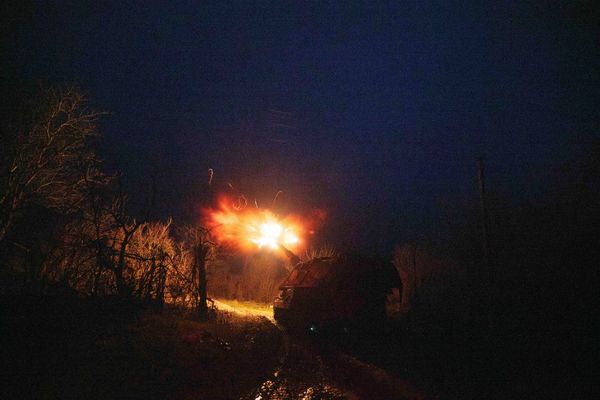IT requires a lot of gumption to take on wealthy landowners and save the last bastion of green space in your area – but luckily for Cardowan, resident and community leader Annmarie Kirkland has a fighter’s spirit.
“One of the companies that wanted to develop the land boasted they had a 100% success rate – I hope they’ve altered that now because they weren’t successful when they came for Cardowan,” Kirkland laughed.
To live in Scotland is to reckon with the financial interests of the private land and building holders who own most of the country. We have the most concentrated pattern of land ownership in Europe, with 83% of rural land in private hands. In urban areas, there is an estimated 11,000 hectares of vacant and derelict land, which if added together, is roughly twice the size of Dundee.

But while money talks, communities often answer back. Community land ownership has gone from strength to strength in rural Scotland over the last 30 years, bolstered by the 2003 Land Reform Act. The legislation allowed rural community groups to register interest in land or buildings, giving them the first option to buy if the owner ever decided to sell. In 2016 this was extended to all of Scotland, empowering urban communities to buy and revitalise even small patches of the area where they live.
In the years since, Glasgow and Clyde Valley have become a hot spot for urban community ownership. There are 50 community buyout projects currently active in the area, run by locals who want to improve their neighbourhoods.
Yet despite communities becoming more aware of the positive changes community ownership can bring to their residents, many who embark on the process are left feeling ground down by the red tape and bureaucracy involved; their hard work sunk in a system that seems designed to thwart them at every turn.
Heather Yearwood is the development officer for Glasgow and Clyde Valley at the charity and membership organisation Community Land Scotland.
She works with early-stage community groups interested in buying local land or buildings and sees first-hand their potential and talent, as well as their frustration with the endless hoops they must jump through to achieve only a small amount of progress.
Yearwood said: “They are groups that are amazingly organised and get the process, and there are other groups that are wonderful but hate the paperwork. You’ve got people who you know would do a wonderful job but the processes to get there sometimes pose a challenge.
“A lot of these groups have no members of staff and are working purely through volunteers. It can be a lot when you’re working full time and then trying to do 13 funding applications at the weekend.”
It also does not help that support from local authorities is something of a postcode lottery. In the Highlands and Islands, most local authorities are enthusiastic about community ownership, but sympathies are a lot patchier in Scotland’s urban areas.
Kirkland and her community group were left feeling disillusioned after their first dealings with their local authority, North Lanarkshire Council. She said: “The past is the past, and we’ve progressed since then. But it was upsetting in those early days to realise that those who were meant to represent us didn’t really acknowledge us at all.”

Cardowan Community Meadow came together in 2019 when a story appeared in the local newspaper that the area’s only remaining green space was to be developed into a new housing estate. The group was unsuccessful in bringing the meadow into community ownership, but they managed to make enough noise to hold the developers off, and the land is still yet to be developed.
Undeterred by the setback, the group continued to look for community ownership opportunities and recently bought and redeveloped a playpark for local children.
“There is a lack of faith in communities,” said Yearwood. “A community that is potentially higher resource is more likely to have more council support than a deprived area, but it is deprived areas that usually need these things more.
“The groups can often address their challenges very effectively, but authorities may not want to put money into working on that process.”
Some 15 miles away in Inchinnan, Maggie Morrison is something of a legend in Scotland’s urban community ownership scene. Her group, Inchinnan Development Trust, went through a lengthy process to buy Teucheen Wood and save it from development. They have since worked to identify other at-risk community spaces, and recently acquired and are renovating local playing fields.
The group runs many local groups, activities and events, and is seen as a shining example of what an urban community group can achieve. Yet even the mighty Maggie has her moments of doubt.
She said: “The council planning system is so old and slow to change, it needs a big cultural shake. What I see is that developers and council officers work very well together, but the community should be involved much earlier in the process – there should be three groups around that table.
“It’s infuriating, it’s insulting, but we are determined to do as much as we can to change that culture and get a seat at the table.
“It’s blood, sweat and tears – it sometimes feels like climbing Everest! But if we don’t do it, well – who else is going to?”







